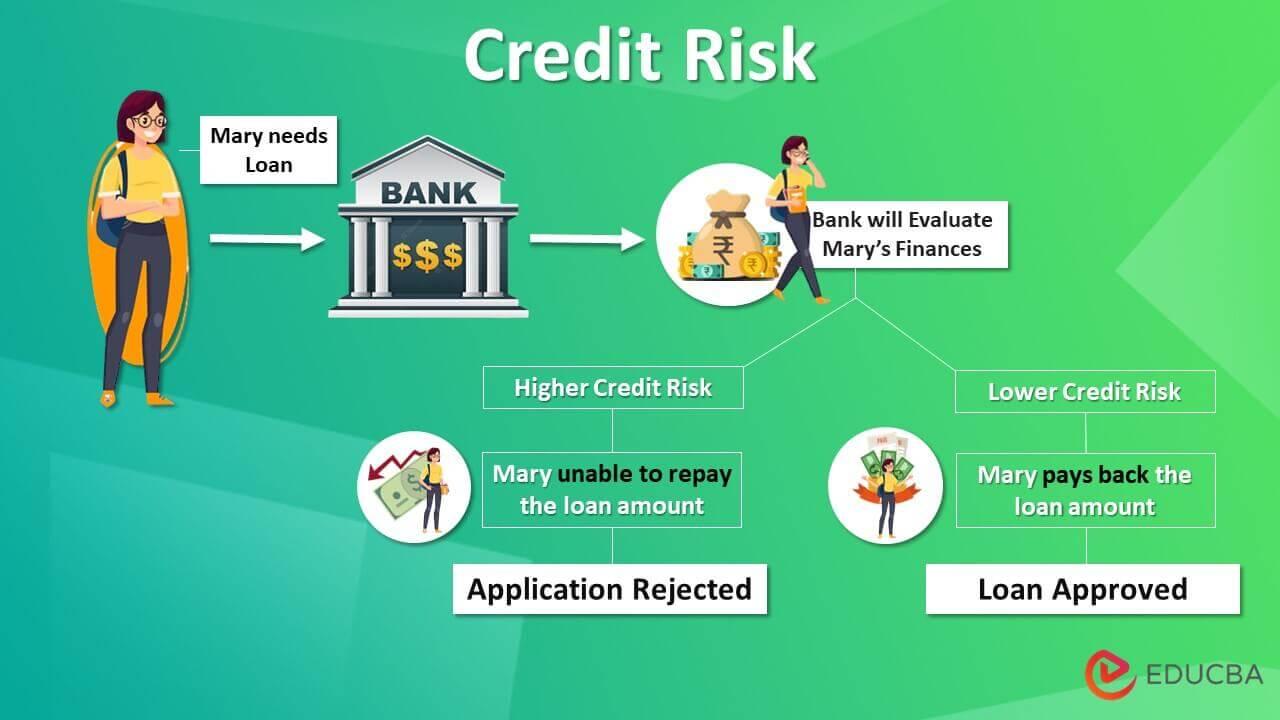In the intricate tapestry of the modern economy, where innovation and uncertainty weave together the fabric of financial landscapes, credit risk emerges as a pivotal thread that can determine the strength or fragility of entire systems. As businesses and individuals alike navigate the ever-evolving corridors of economic opportunity, understanding and managing credit risk becomes not just a necessity, but an art form. This article delves into the nuanced role that credit risk plays in financial planning today, exploring its profound impact on decision-making processes, investment strategies, and the overall health of financial ecosystems. By dissecting the complexities of credit risk, we aim to equip readers with the insights needed to master this crucial element of financial stewardship, ensuring resilience and prosperity in an era defined by rapid change and boundless potential.
Understanding Credit Risk: The Cornerstone of Financial Strategy
In today’s rapidly evolving financial landscape, credit risk management is not merely a component of financial strategy; it is its very foundation. As businesses and individuals navigate the complexities of the modern economy, understanding and managing credit risk becomes paramount. Credit risk refers to the potential that a borrower will fail to meet their obligations in accordance with agreed terms. This risk can stem from a myriad of factors, including economic downturns, market volatility, or changes in interest rates. Effective credit risk management involves a comprehensive assessment of these factors, enabling financial planners to devise strategies that safeguard assets and ensure liquidity.
To integrate credit risk into financial planning effectively, consider the following key elements:
- Risk Assessment: Conduct thorough analyses of creditworthiness using advanced analytics and data-driven insights.
- Diversification: Mitigate risk by diversifying portfolios across various sectors and geographies.
- Monitoring: Implement continuous monitoring systems to detect early signs of credit deterioration.
- Policy Development: Establish robust credit policies that align with the organization’s risk appetite and strategic goals.
By embracing these strategies, financial planners can not only protect their investments but also seize opportunities that arise from well-managed credit risks, ultimately driving growth and stability in the modern economy.
Navigating Economic Uncertainty: Tools for Assessing Credit Risk
In today’s volatile economic landscape, assessing credit risk has become a cornerstone of robust financial planning. As market dynamics shift rapidly, businesses and individuals alike must leverage a variety of tools to navigate this uncertainty effectively. Credit scoring models have evolved beyond traditional methods, incorporating machine learning algorithms that analyze vast datasets to predict potential defaults with greater accuracy. These advanced models enable financial planners to make informed decisions, mitigating risks while optimizing opportunities for growth.
Additionally, the integration of stress testing and scenario analysis into credit risk assessment frameworks provides a comprehensive view of potential vulnerabilities. By simulating various economic conditions, financial planners can anticipate potential impacts on credit portfolios and devise strategies to counteract adverse outcomes. Key tools for this process include:
- Predictive Analytics: Utilizing historical data to forecast future credit behavior.
- Risk Dashboards: Offering real-time insights into credit exposures and trends.
- Automated Reporting: Streamlining the monitoring of credit risk metrics.
By harnessing these tools, financial planners can enhance their ability to safeguard assets and ensure sustainable growth, even amidst economic uncertainty.
Integrating Credit Risk Management into Comprehensive Financial Planning
In today’s dynamic financial landscape, integrating credit risk management into financial planning is not just a prudent choice but a necessity. As the modern economy becomes increasingly complex, financial planners must adopt a holistic approach that includes robust credit risk strategies. Credit risk management is pivotal in safeguarding assets and ensuring long-term financial stability. By evaluating the potential for default and assessing the creditworthiness of clients, financial planners can make informed decisions that align with both immediate needs and future goals.
- Enhanced Risk Assessment: By incorporating credit risk analysis, planners can better understand the potential risks associated with lending and investment decisions.
- Strategic Diversification: A comprehensive plan considers credit risk to diversify portfolios effectively, reducing exposure to high-risk assets.
- Improved Client Relationships: Demonstrating a commitment to managing credit risk builds trust and fosters stronger client relationships, as clients feel secure knowing their financial well-being is a priority.
Ultimately, the integration of credit risk management within financial planning empowers planners to navigate the uncertainties of the modern economy with confidence and precision.
Strategic Recommendations for Mitigating Credit Risk in a Dynamic Market
In today’s rapidly evolving financial landscape, organizations must adopt a proactive approach to credit risk management. To effectively navigate this dynamic market, it is crucial to implement strategic recommendations that are both innovative and robust. Here are some key strategies:
- Enhanced Data Analytics: Leverage advanced analytics and machine learning algorithms to assess creditworthiness with greater precision. By utilizing big data, businesses can identify potential risks early and adjust their strategies accordingly.
- Dynamic Risk Assessment Models: Develop flexible risk assessment frameworks that can adapt to changing market conditions. This involves regularly updating risk models to reflect new economic indicators and emerging trends.
- Comprehensive Stress Testing: Conduct rigorous stress tests to evaluate the impact of various economic scenarios on credit portfolios. This helps in identifying vulnerabilities and preparing contingency plans.
- Strengthened Client Relationships: Foster strong relationships with clients to gain deeper insights into their financial health. Regular communication and collaboration can lead to more informed credit decisions.
By implementing these strategies, financial institutions can not only mitigate credit risk but also enhance their overall financial resilience, ensuring long-term success in an unpredictable market.





